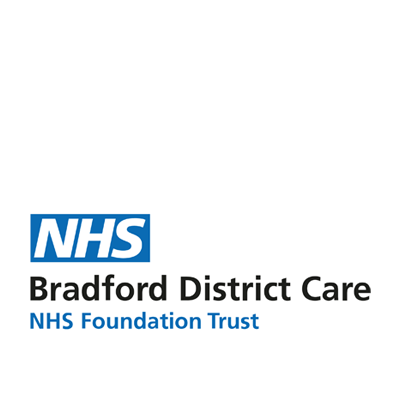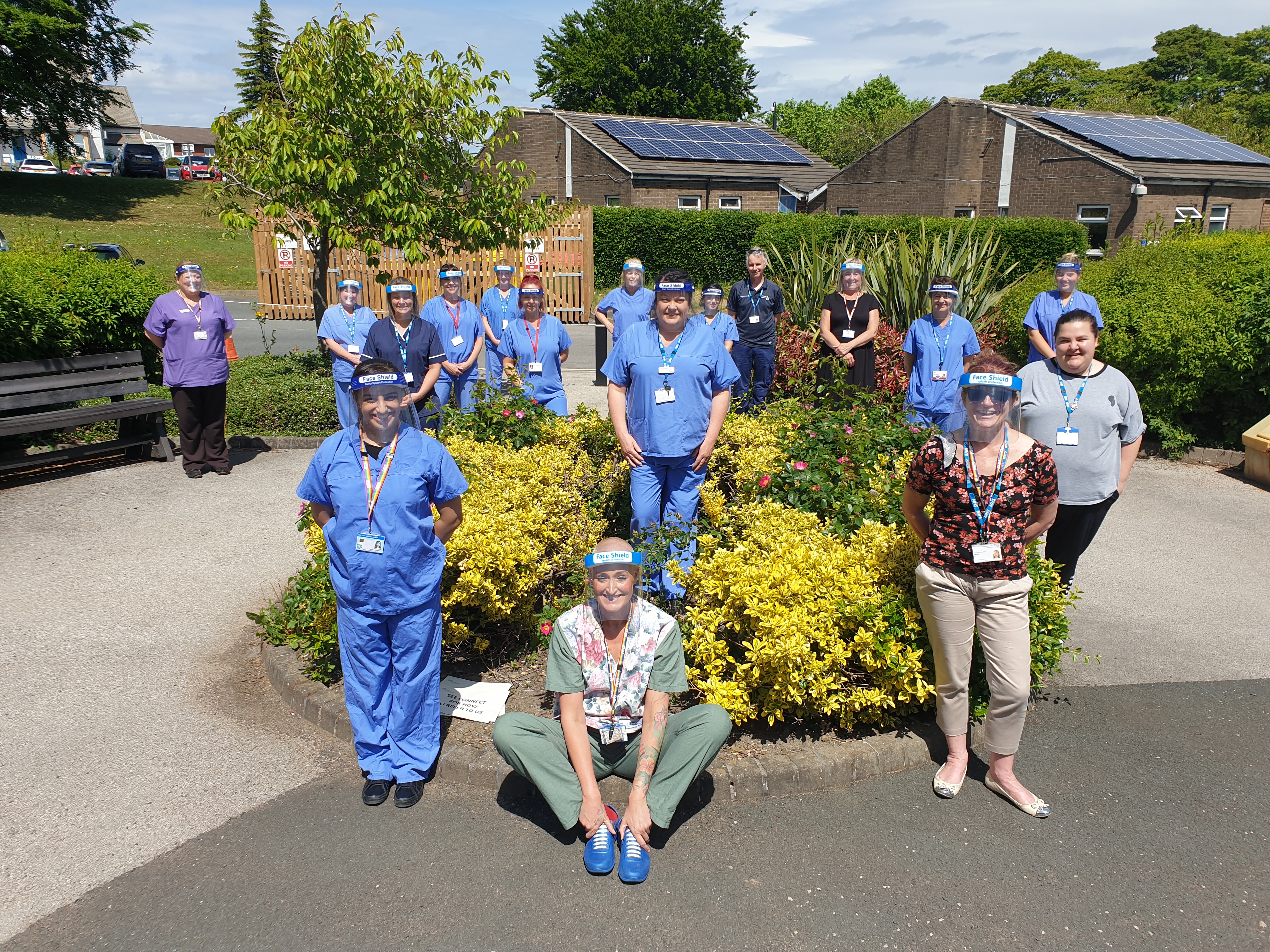
-
The trust wanted to empower staff
-
They set up a home visit team in three days
-
They supported system partners
Background
Bradford District Care NHS Foundation Trust (BDCFT) is a medium sized provider of mental health, community and learning disability services, for people of all ages.
The Care Trust Way is BDCFT's approach to continuous improvement. It allowed them to make rapid changes to the way they worked in response to COVID-19, but this would not have been possible without supporting and empowering their staff.
The Care Trust Way
Chris Hunt, head of the kaizen promotion office (KPO), explains how the Care Trust Way works: "We bring together the best parts of quality improvement, coaching and strategy deployment to make sure we’ve got a holistic approach to quality in our organisation. At the centre of that is people. We’re very aware that 20% of the quality improvement method we use is tools and 80% of it is people".
Dr Mahmood Khan, consultant psychiatrist and lead Care Trust Way coach, agrees and reflects on his 20 years working at the trust: "As a doctor, I’ve spent most of the time either being told what to do or telling people what to do. It's quick, it’s easy and it works – but it doesn’t necessarily result in learning or sustained improvement". He describes the Care Trust Way as a "game changer" because of the focus on "embedding purposeful conversations", which can be as simple as asking the right question to the right person at the right time.

Empowering staff to meet the needs of patients
When COVID-19 came along, BDCFT needed to make rapid changes to the way they worked. However, Chris says "we wanted to ensure that we still had a robust, people-centred, data-driven and focused approach to improvement".
Patrick Scott, interim chief executive, says BDCFT were clear from the outset that they needed to empower staff to shape their response. Learning weeks were particularly valuable: "We had a couple of learning weeks where we bring together staff from all services, corporate and operations to help understand current experience, the things they're proud of, the things we need to build on and the things we need to let go of".
One of the trust's key successes was setting-up a COVID-19 home visiting team in just three days. The team reviewed patients confirmed or suspected of having COVID-19, which helped manage the spread of the virus while maintaining quality patient care. Dr Khan says "from a mental health point of view, the team was key to making sure that our patients in the community were seen and managed quicky and kept out of hospital". Patrick acknowledges "it was a huge task…[COVID-19] has been challenging the organisation and the people like nothing else has".
Visible and committed leadership
Alongside staff empowerment, Chris is clear that you need visible and committed leadership to drive continuous improvement: "You've got to live and breathe it as an individual, so your behaviours are demonstrated to the organisation".
Patrick also sees absorbing people's anxiety as a key part of the senior leadership team's role. Staff have been asked to do "unprecedented work at a time of unprecedented pressure within their own lives and communities” and "to influence and drive change, they have to be well cared for".
One of the things they introduced during the pandemic – and plan to continue – is a live executive broadcast every Friday. Held via Microsoft Teams, it regularly attracts 200 people a week and generally consists of key updates followed by a Q&A. Patrick’s message to staff is "this is your place, it's been another tough week, if there is anything we can do to make it easier for you to just switch off this weekend, let’s have that conversation".
Patrick goes on to highlight the importance of daily management and action: "What we’ve learned from COVID is having those connections across directorates on a daily basis is something that really works".
System working
The Care Trust Way goes beyond Bradford. Patrick reflects that, during the peak of the pandemic, it would have been easy to withdraw and focus only on what BDCFT needed to do. Instead, they displayed their "willingness and ability to help other parts of the system" by sharing their experiences of continuous improvement.
For example, building on the success of the COVID-19 home visiting team, Patrick says "we've done some really strong stuff with the local authority to help develop an integrative children'S COVID-19 team". They created a "dynamic risk register" of 4,000 vulnerable young people, which allowed them to quickly target help to those most in need.
BDCFT has also welcomed opportunities to learn from the voluntary sector. Chris explains that they had been reaching out to patients through the usual channels, for example surveys and interviews. It was speaking to voluntary sector partners that made them realise this might not be the most effective way to communicate with their most vulnerable patients. For example, deaf patients and service users couldn't always receive care virtually, meaning the trust had to adapt to support them: "It was just a really great example of coming together with all the different teams that are out there, and supporting each other to make sure that our service users and patients get the best possible experience".
Chris sums-up: "COVID has shown us what we can do if we put our heads together and work collaboratively…we always had the ambition, but COVID has accelerated that tenfold". Bradford are now supporting their local Primary Care Networks to set up a multidisciplinary team model with GPs, district nurses and nursing homes.

Putting people first
BDCFT has learnt a huge amount from their response to COVID-19 – but it all comes back to putting people first. The feedback has been incredibly positive, with staff "really feeling well connected and supported" according to Dr Khan. He adds that you need to "allow people a real stake in what is happening" for change to be sustainable.
As Chris says, "the tools and techniques are great, but they're only one part of the jigsaw. Change is inevitable, whether it be a pandemic or something else. Getting people engaged is the key to success here. So maybe, focus on your people and the rest will fall out of it".